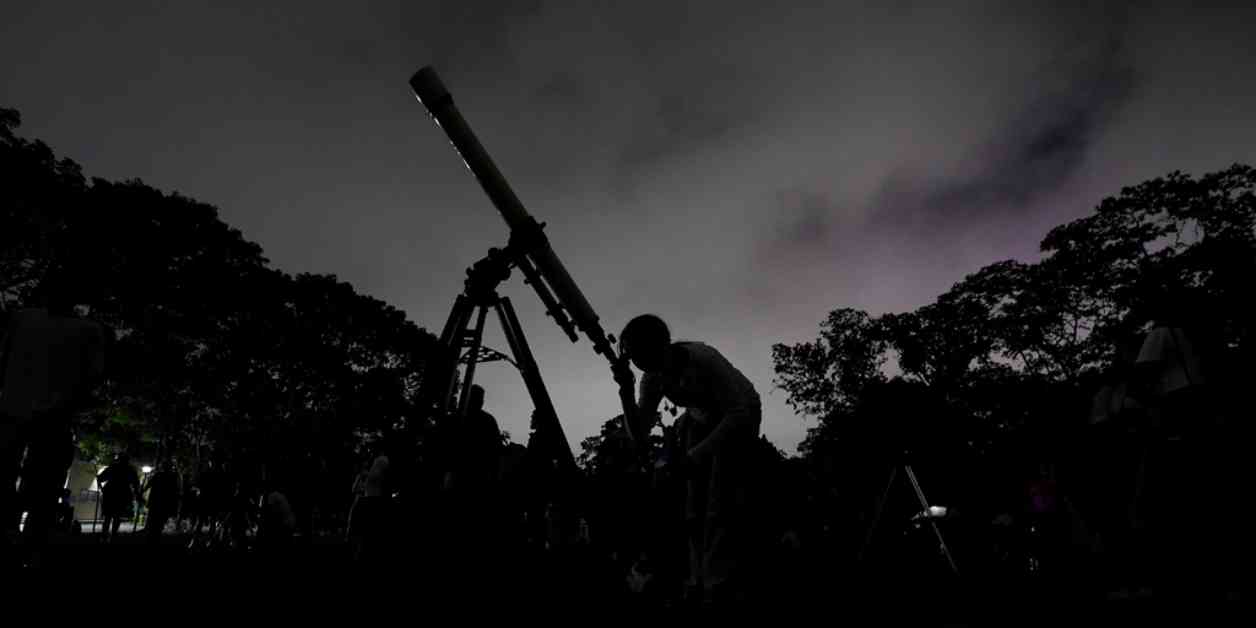Six planets will align before dawn on June 3 in a planetary parade, but only two will be visible to the naked eye. Mercury, Jupiter, Uranus, and Neptune will likely be obscured by the rising sun or require a telescope to be seen. Early risers may still catch a glimpse of a waning crescent moon, Mars, and Saturn in the east. This event is known as a parade of planets, which occurs when multiple planets align on the same side of the sun in a narrow band of the sky. The visibility of this phenomenon depends on the alignment of the planets and their position relative to the sun.
Despite the excitement surrounding the planetary parade, the view may not be as spectacular as anticipated. Due to the sun’s interference, Mercury and Jupiter will be difficult to spot, while Uranus and Neptune will only be visible with the help of a telescope. However, observers can still enjoy the sight of the waning crescent moon, Mars, and Saturn in the eastern sky.
In addition to the planetary parade, there are other celestial events to look forward to this summer. Michelle Nichols from Chicago’s Adler Planetarium suggests using a star or planet-viewing app to explore the night sky. One highlight is the annual Perseid meteor shower, which is expected to peak in mid-August. To get the best view of the meteor shower, it is recommended to observe it away from city lights and allow your eyes to adjust to the darkness.
While the upcoming planetary parade may not offer the stunning visual display that some had hoped for, there are still plenty of opportunities to marvel at the wonders of the night sky. Whether you’re gazing at the planets, tracking meteor showers, or simply enjoying the beauty of the cosmos, there is no shortage of celestial spectacles to behold this summer.




